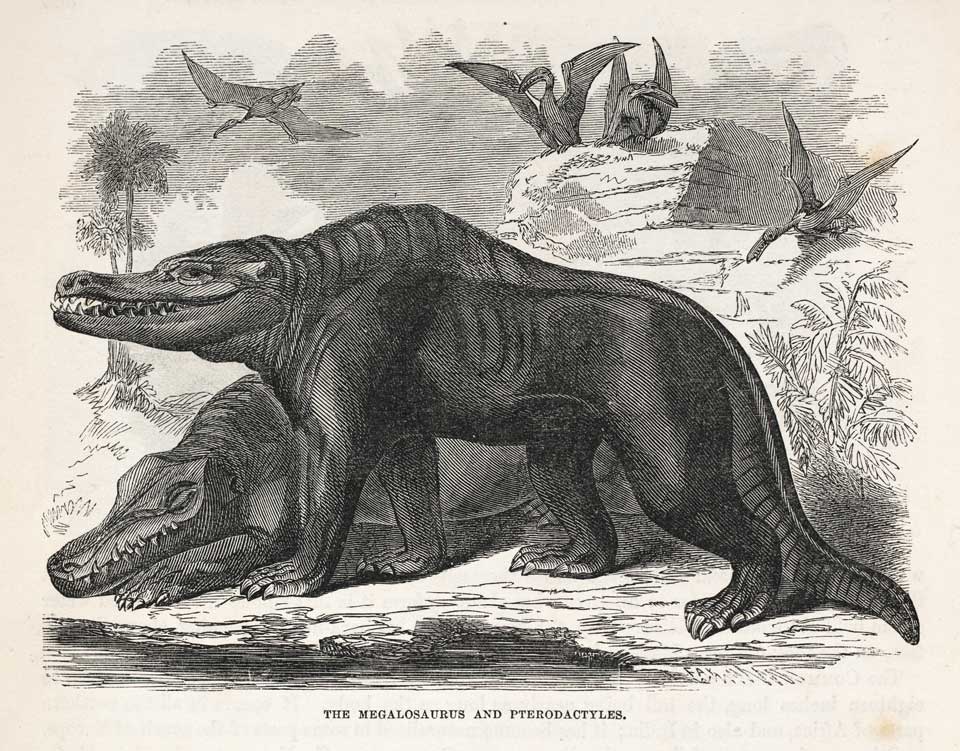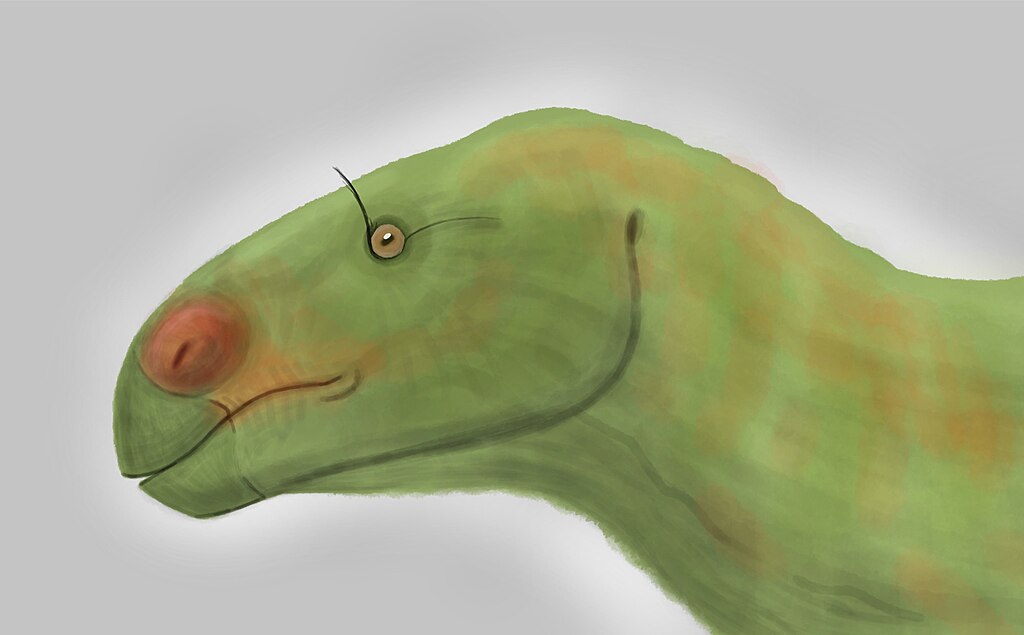Picture this: it’s 1824, and the world is about to be shaken by the discovery of a creature so massive and terrifying that it would fundamentally change how we view our planet’s history. When William Buckland first described Megalosaurus bucklandii, he had no idea he was opening the door to an entirely new field of science. This “great lizard” became the first dinosaur ever formally named, but here’s the shocking truth – almost everything we thought we knew about this prehistoric giant back then was wrong.
The story of Megalosaurus is like watching a mystery unfold in reverse. Each new fossil discovery, each technological breakthrough, and each scientific revelation has peeled back layers of misconception to reveal a creature far more complex and fascinating than Victorian scientists could have imagined. From a lumbering, crocodile-like beast to a dynamic, intelligent predator, our understanding of this ancient hunter has been completely revolutionized.
The Historic Moment That Changed Everything
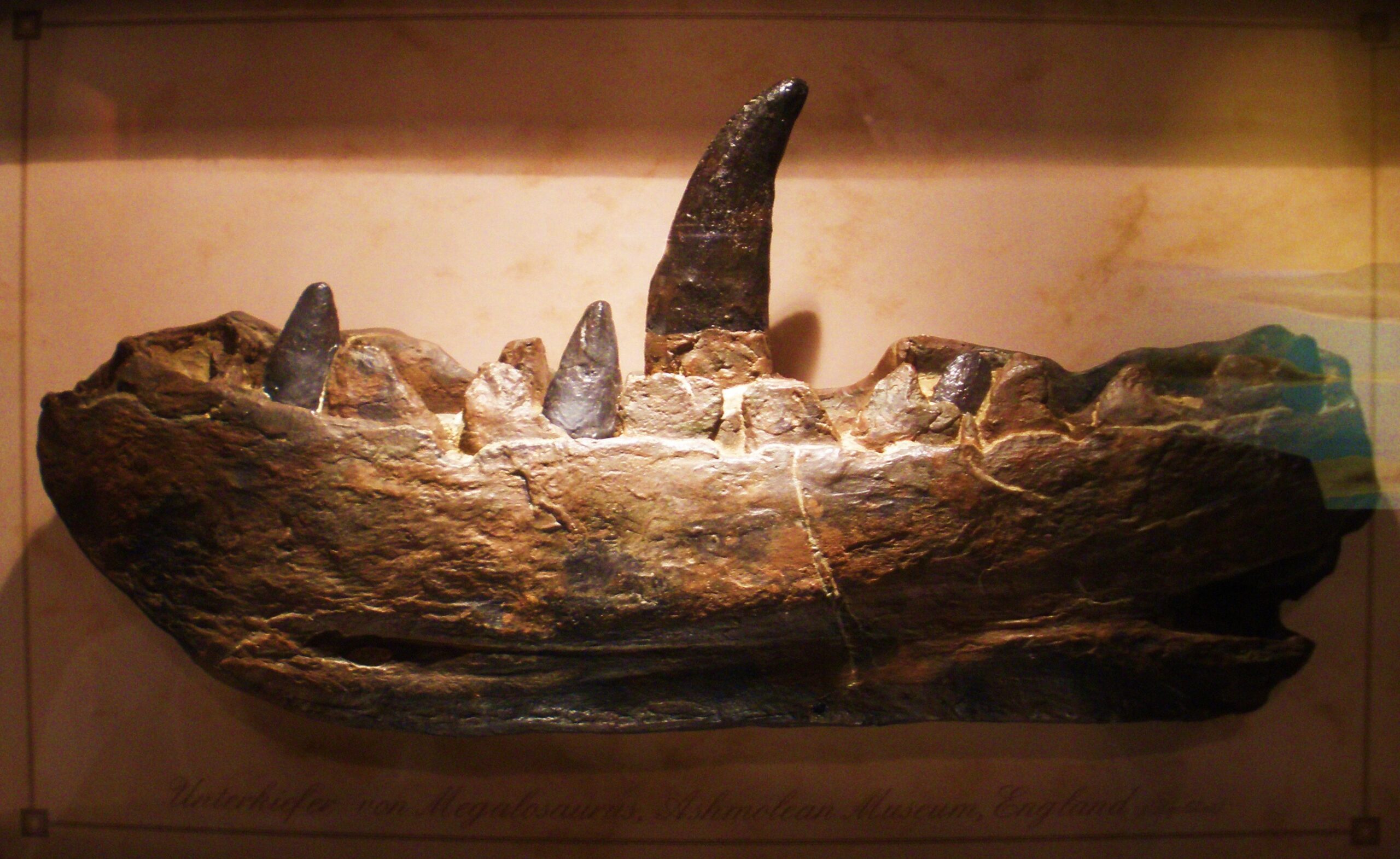
When Reverend William Buckland stood before the Geological Society of London in 1824, he couldn’t have predicted the earthquake his presentation would cause. His description of Megalosaurus bucklandii marked the birth of paleontology as we know it, but the creature he described was a far cry from what we understand today. Buckland imagined a massive, sluggish reptile that dragged itself through Jurassic swamps, more like a gigantic monitor lizard than the apex predator we now know it to be. The original fossil fragments – a jaw, some teeth, and scattered bones – told only a fraction of the story. What makes this moment even more remarkable is that Buckland was working without any framework for understanding dinosaurs, since the very concept didn’t exist yet.
Shattering the Lizard Myth

For over a century, Megalosaurus was trapped in the wrong family tree. Scientists confidently placed it alongside crocodiles and giant lizards, imagining a creature that spent its days basking in prehistoric sunshine and occasionally snapping up fish. This misconception persisted well into the 20th century, with museum displays showing four-legged, tail-dragging monsters that looked more like oversized iguanas than fearsome predators. The breakthrough came when paleontologists began studying the hip structure and leg bones more carefully. They discovered something shocking: Megalosaurus walked upright on two powerful legs, not four. This revelation didn’t just change how we saw one dinosaur – it revolutionized our entire understanding of what dinosaurs were capable of.
Rewriting the Size Story

Remember those childhood books that showed Megalosaurus as a colossal giant towering over everything in sight? Well, prepare to have your mind blown. Modern research suggests that Megalosaurus was actually much smaller than originally thought, measuring around 20 to 23 feet in length rather than the 30-foot monsters of early estimates. This downsizing might seem disappointing, but it’s actually far more exciting than you might think. A smaller, more agile predator could move faster, hunt more effectively, and dominate its environment in ways a lumbering giant never could. Think of it like comparing a massive, slow-moving elephant to a sleek, deadly leopard – which one would you rather not meet in a dark alley? The revised size estimates also reveal that Megalosaurus was perfectly adapted for its role as a mid-sized predator in the complex Jurassic ecosystem.
The Intelligence Revolution
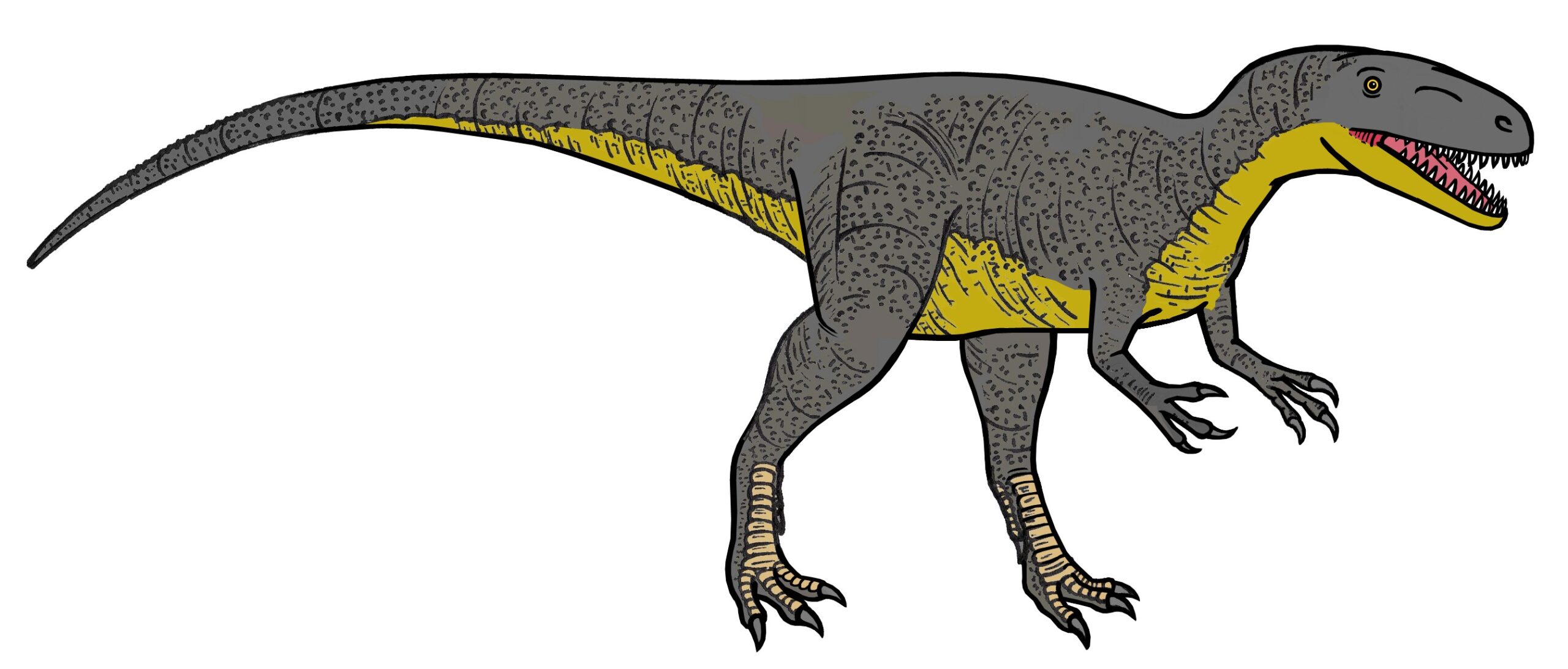
Here’s where things get truly mind-blowing: Megalosaurus wasn’t just a mindless eating machine. Recent studies of dinosaur brain structure and behavior patterns suggest these creatures possessed remarkable intelligence for their time. Evidence points to complex hunting strategies, possible pack behavior, and even problem-solving abilities that would make modern predators jealous. Fossil trackways show evidence of coordinated movement patterns that suggest these dinosaurs could work together to bring down larger prey. Some researchers even propose that Megalosaurus could have used tools or environmental features to their advantage during hunts. This isn’t your grandfather’s stupid dinosaur – this was a calculating, adaptable predator that ruled through brains as much as brawn.
Uncovering the True Anatomy
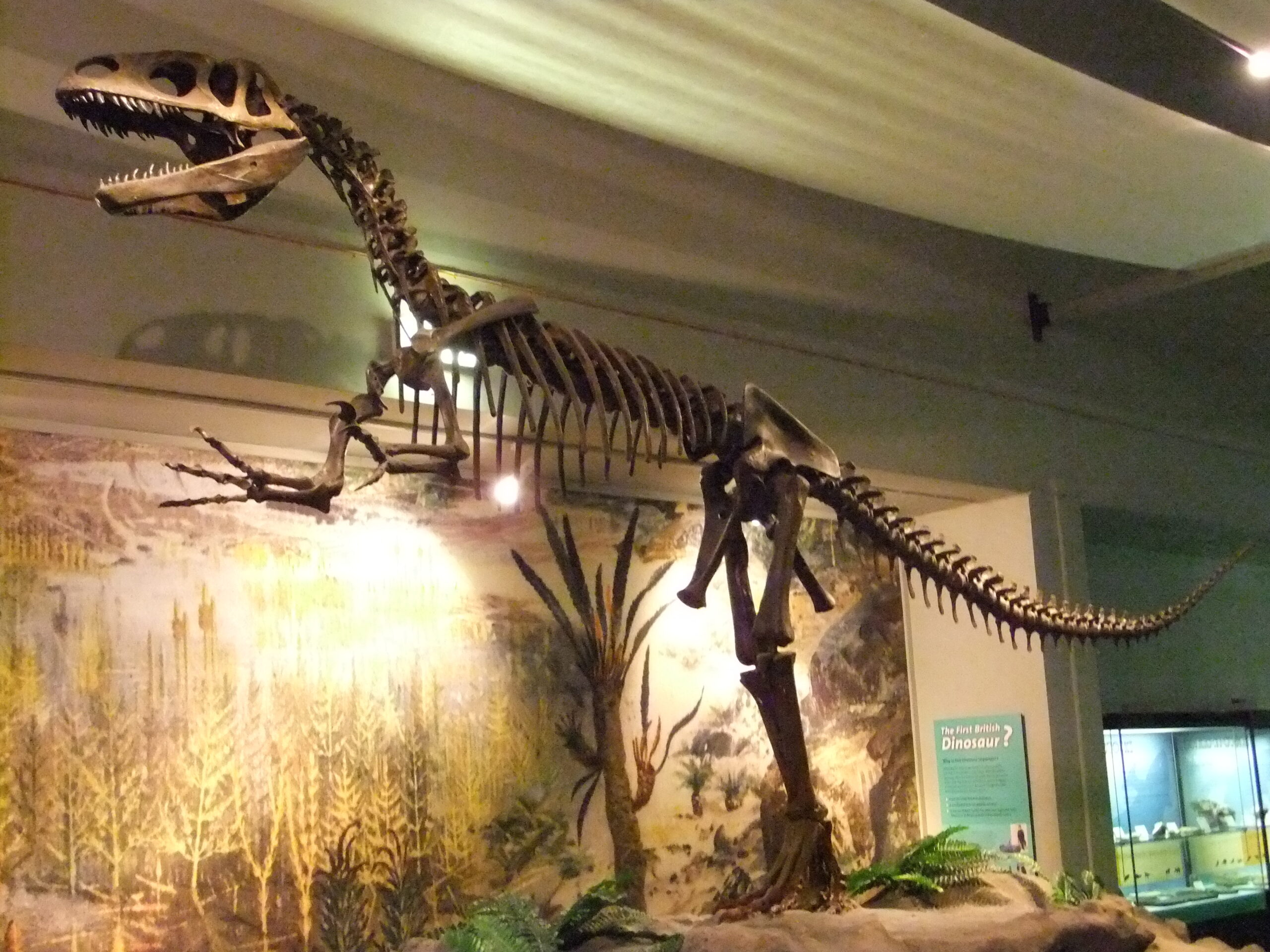
The Megalosaurus skeleton has been reconstructed so many times that it’s like watching a prehistoric jigsaw puzzle being solved piece by piece. Modern techniques have revealed that this dinosaur had a remarkably sophisticated body design, with hollow bones that reduced weight without sacrificing strength, powerful jaw muscles that could deliver bone-crushing bites, and a tail that served as a dynamic counterbalance rather than a useless appendage. The discovery of complete skull fragments has shown that Megalosaurus had excellent vision and possibly even color vision, making it an even more formidable hunter. Its arms, while smaller than its legs, were surprisingly muscular and equipped with sharp claws that could have been used for grasping prey or climbing. Every new bone discovery adds another piece to the puzzle, revealing a creature that was engineered for success in ways Victorian scientists never imagined.
The Feather Debate
This might be the most controversial topic in modern Megalosaurus research: did it have feathers? While no direct evidence of feathers has been found on Megalosaurus fossils, the discovery of feathered dinosaurs in related species has opened up tantalizing possibilities. Some scientists argue that early theropods like Megalosaurus might have had primitive feather-like structures for insulation or display purposes, while others maintain that the evidence simply isn’t there yet. The debate has split the paleontological community, with passionate arguments on both sides. What we do know is that if Megalosaurus did have feathers, they would have been more like fuzzy down than the flight feathers we see on modern birds. This possibility has forced us to completely reimagine what these ancient predators looked like, moving away from the scaly, reptilian image toward something more dynamic and bird-like.
Hunting Strategies Revealed

Forget everything you think you know about how Megalosaurus hunted. New research suggests these predators were far more sophisticated than the simple “chase and chomp” strategy we once imagined. Analysis of bite marks on prey fossils reveals that Megalosaurus used precision strikes, targeting specific vulnerable areas like the neck or belly rather than just attacking randomly. Some evidence suggests they might have been ambush predators, using their intelligence and agility to surprise prey rather than relying on brute force alone. The shape of their teeth indicates they were perfectly adapted for both slicing flesh and crushing bone, making them incredibly versatile hunters. Perhaps most fascinating is the possibility that they could adapt their hunting strategies based on different types of prey, showing a level of behavioral flexibility that challenges our assumptions about dinosaur intelligence.
Social Behavior Breakthroughs
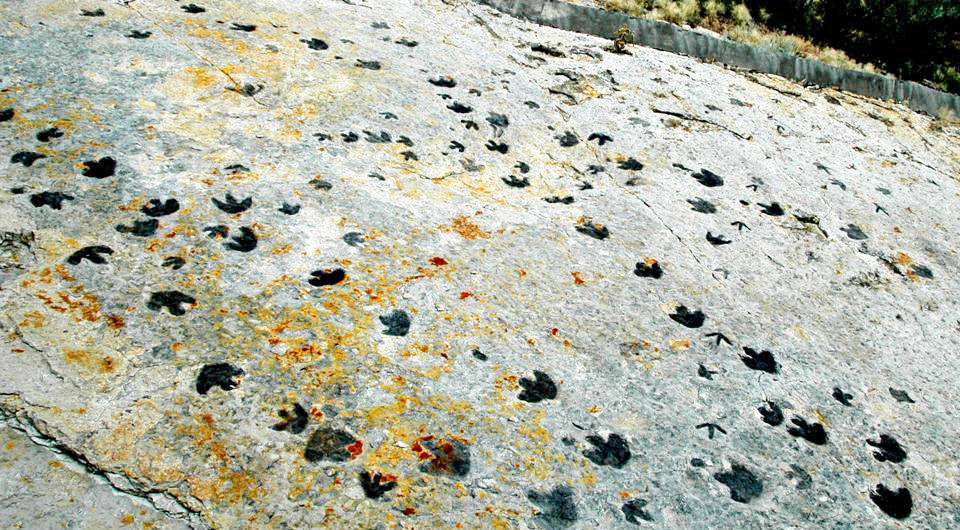
The idea of Megalosaurus as a social creature might seem far-fetched, but the evidence is mounting. Fossil trackways discovered in various locations show multiple individuals moving together in coordinated patterns, suggesting some form of group behavior. This doesn’t necessarily mean they were pack hunters like modern wolves, but it does indicate that these dinosaurs were capable of complex social interactions. Some researchers propose that they might have gathered at feeding sites or during mating seasons, displaying territorial behaviors that required sophisticated communication skills. The discovery of multiple individuals in the same fossil layers has led to speculation about family groups or temporary alliances. This social dimension adds an entirely new layer to our understanding of Megalosaurus, transforming it from a solitary monster into a creature capable of nuanced relationships with its own kind.
Environmental Context Revolution
The world that Megalosaurus inhabited was nothing like the swampy, tropical paradise that early scientists imagined. Modern geological research has revealed a much more complex and dynamic environment during the Middle Jurassic period. The landscape included vast river systems, seasonal floodplains, and diverse forest ecosystems that supported an incredible variety of life forms. Megalosaurus had to compete with other large predators, navigate changing seasonal conditions, and adapt to fluctuating food sources. Climate data suggests that these dinosaurs experienced both wet and dry seasons, which would have required behavioral flexibility and possibly seasonal migration patterns. This environmental complexity helps explain why Megalosaurus evolved such sophisticated hunting and social behaviors – they needed every advantage they could get to survive in this competitive world.
Prey Relationships Decoded
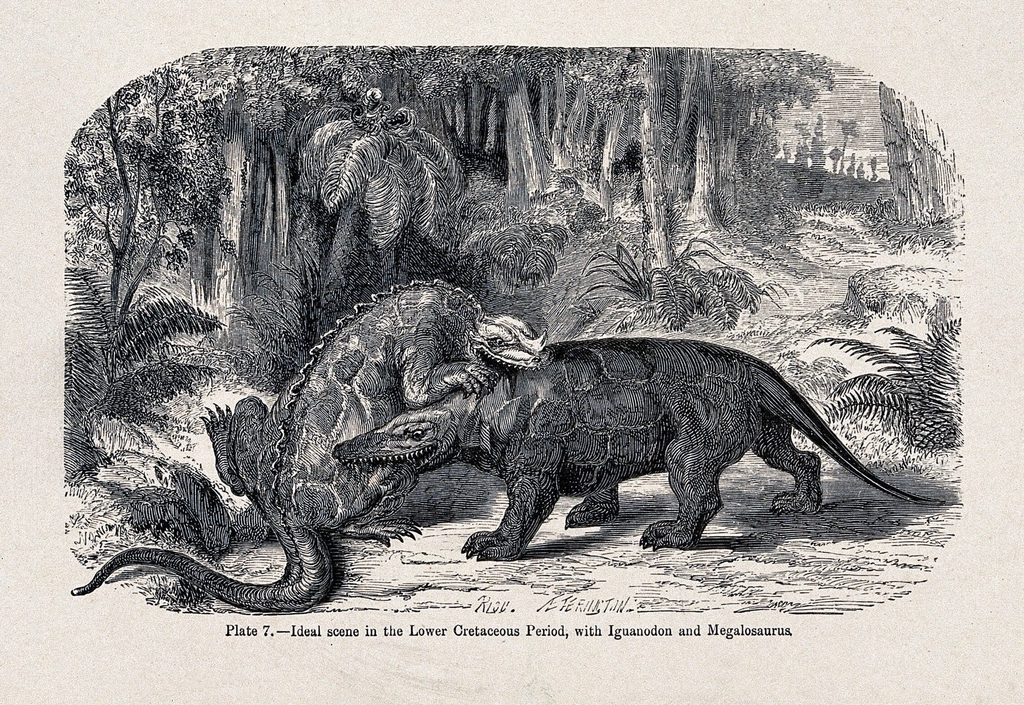
Understanding what Megalosaurus ate has been like detective work, but the clues are finally coming together. Bite marks on fossils reveal that these predators targeted everything from small mammals and early birds to large herbivorous dinosaurs like Cetiosaurus. The variety of their diet suggests they were opportunistic hunters, capable of adapting their feeding strategies based on what was available. Some evidence points to scavenging behavior, with Megalosaurus taking advantage of carcasses left by other predators or natural deaths. The discovery of gastroliths (stomach stones) in some specimens has led to speculation about their digestive processes and whether they needed to process plant material occasionally. This dietary flexibility was probably key to their success, allowing them to survive in changing environments and compete with other predators for resources.
Locomotion and Movement Patterns

The way Megalosaurus moved has been completely revolutionized by modern biomechanical studies. Computer models based on bone structure and muscle attachment points suggest these dinosaurs were capable of impressive bursts of speed, possibly reaching up to 25 miles per hour when pursuing prey. Their gait was likely more bird-like than reptilian, with a distinctive running style that involved their entire body working as a coordinated unit. The long tail wasn’t just dragged behind them – it was an active part of their locomotion system, providing balance and steering during high-speed chases. Recent studies have even suggested that Megalosaurus might have been capable of swimming, with adaptations that would have allowed them to hunt in aquatic environments. This mobility would have made them incredibly versatile predators, capable of pursuing prey across diverse terrain and environmental conditions.
Growth and Development Mysteries
How did a baby Megalosaurus grow into a fearsome adult predator? This question has puzzled scientists for decades, but new research is finally providing answers. Studies of bone microstructure reveal that these dinosaurs grew rapidly during their first few years, then slowed down as they reached maturity. Juvenile Megalosaurus were probably quite different from adults, possibly more agile and relying on different hunting strategies. Evidence suggests that young individuals might have hunted in groups while adults were more solitary, a pattern seen in many modern predators. The growth process involved significant changes in body proportions, with juveniles having relatively longer legs and smaller heads compared to adults. This developmental pattern indicates that Megalosaurus went through distinct life stages, each adapted for different ecological roles and survival strategies.
Technology’s Role in New Discoveries

The tools we use to study Megalosaurus today would seem like magic to Victorian scientists. CT scanning allows researchers to see inside fossilized bones without damaging them, revealing internal structures and growth patterns that were previously invisible. 3D modeling helps reconstruct missing pieces and test different theories about anatomy and movement. Chemical analysis of fossilized teeth and bones provides information about diet, metabolism, and even the environment these dinosaurs lived in. Isotope studies can reveal migration patterns and seasonal behaviors that happened millions of years ago. Perhaps most exciting is the use of artificial intelligence to analyze fossil data and identify patterns that human researchers might miss. These technological advances aren’t just helping us understand Megalosaurus better – they’re revolutionizing the entire field of paleontology.
Future Research Directions
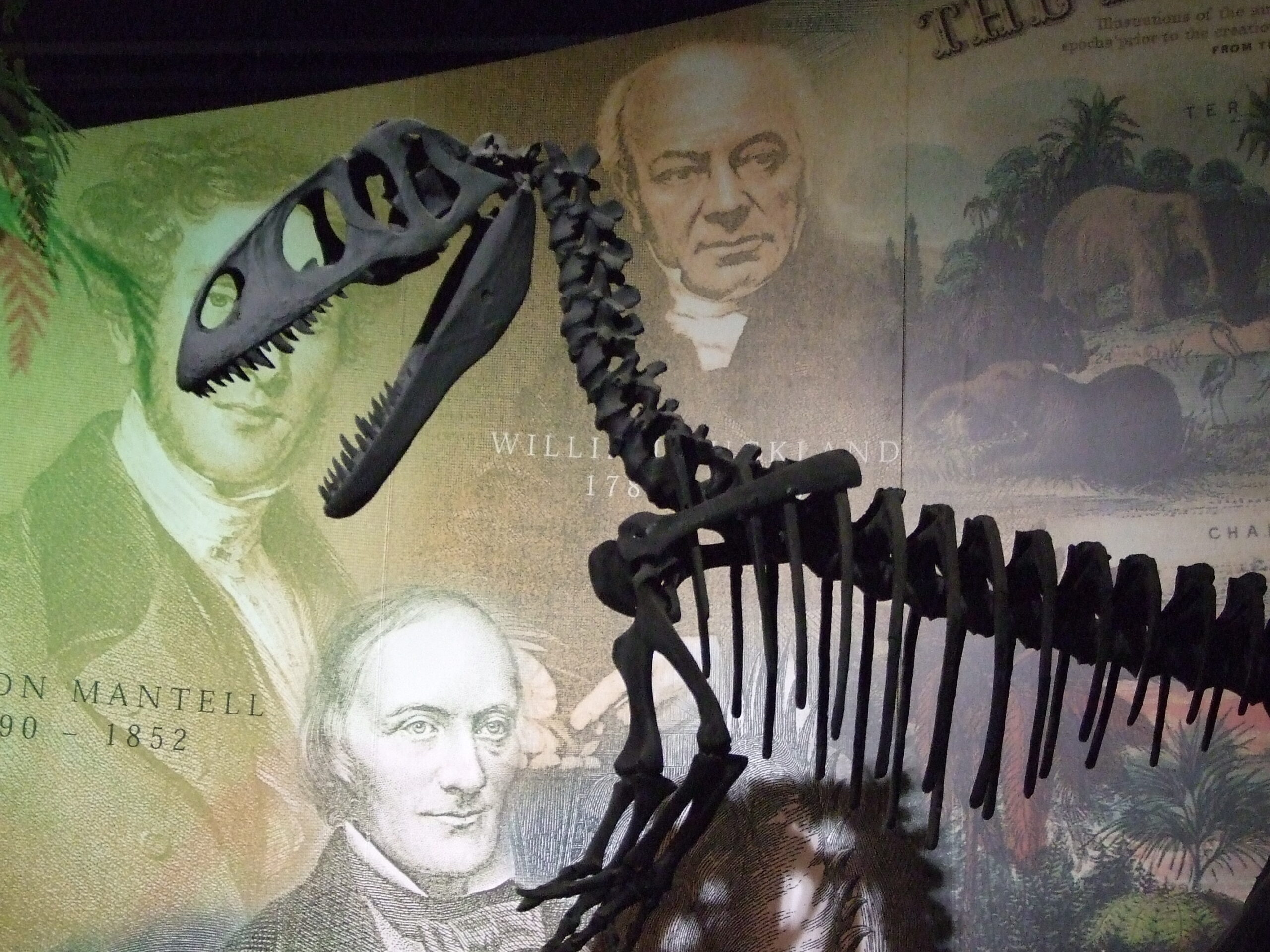
The story of Megalosaurus is far from over, and the most exciting discoveries might still be ahead of us. New fossil sites are being discovered regularly, each with the potential to reveal new species or provide better specimens of known ones. Advanced DNA analysis techniques might eventually allow us to recover genetic material from fossilized remains, opening up possibilities we can only dream of today. Climate modeling is becoming more sophisticated, allowing us to better understand the environmental pressures that shaped these creatures. Behavioral studies comparing dinosaurs to modern animals are revealing new insights into intelligence, social behavior, and ecological roles. The integration of multiple scientific disciplines is creating a more complete picture of what these ancient predators were really like. Every new fossil discovery has the potential to overturn our current understanding and reveal new secrets about these remarkable creatures.
The transformation of our understanding of Megalosaurus from a sluggish, oversized lizard to a dynamic, intelligent predator represents one of the greatest scientific revolutions in paleontology. Every assumption we made about this creature in 1824 has been challenged, refined, or completely overturned by new evidence and better scientific methods. The Megalosaurus we know today is faster, smarter, more socially complex, and more perfectly adapted to its environment than anyone could have imagined two centuries ago. This ongoing revolution in our understanding serves as a powerful reminder that science is never finished, and that the most exciting discoveries often come from questioning what we think we already know. What other secrets might these ancient bones still be hiding from us?

